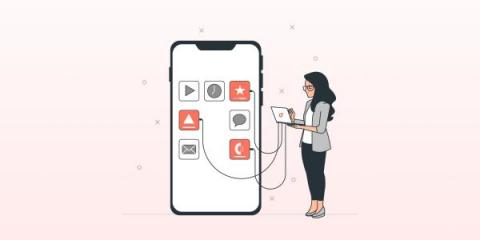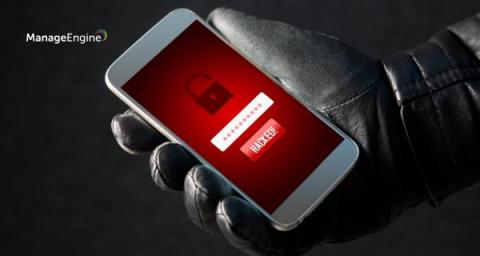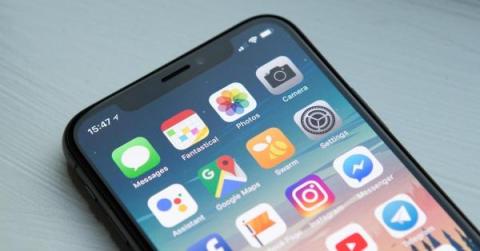Key Insights Into Gartner Report: How to Select DevSecOps Tools for Secure Software Delivery
With the advent of complex technology ecosystems like agile development processes, cloud-native platforms, and the rising use of open-source software, the importance of continuous Security and compliance has increased more than ever. As a result, leaders in the software industry must advise their teams to incorporate developer-friendly security tools into their DevSecOps pipelines.











